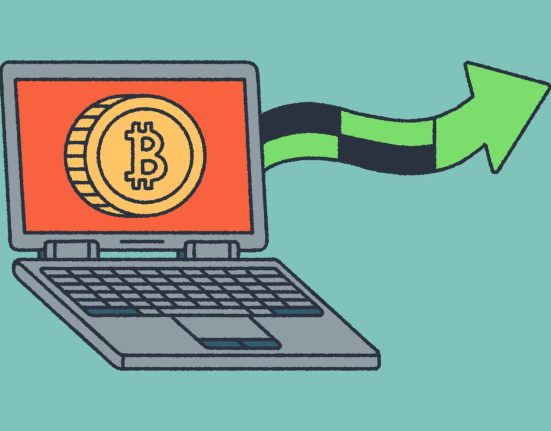Bitcoin faced renewed selling pressure on Friday after falling below the key $109,000 level, triggering a modest pullback in the broader digital asset market. While the flagship cryptocurrency is still up over 85% year-over-year, the sudden move by two long-dormant whale wallets spooked investors and raised concerns about potential supply shocks. At the same time, anticipation is building for “Crypto Week” in the U.S. legislature, a pivotal moment that could shape the regulatory landscape for years to come.
The most eye-catching development came when two Bitcoin wallets, inactive for over a decade, suddenly transferred a total of 20,000 BTC, valued at roughly $2.18 billion. According to on-chain data provider Lookonchain, the first wallet had originally acquired its 10,000 BTC in April 2011, when Bitcoin was trading at just $0.78. That investment, which cost around $7,805 at the time, has now appreciated more than 140,000x, transforming into a billion-dollar fortune.
Shortly after the initial transfer, another wallet moved an additional 10,000 BTC, further stoking speculation about coordinated activity. Analysts remain cautious in asserting whether the wallets are controlled by the same individual or entity, but the timing of the transactions raised eyebrows throughout the crypto community. Such large-scale movements from early adopters, often referred to as “Satoshi-era whales,” tend to prompt concern due to the risk of sudden sell-offs.
This apparent profit-taking event led Bitcoin (BTC) to retreat below $109,000, settling near $108,212 at the time of reporting. Although this move represents only a mild decline, it underscores how quickly sentiment can shift in response to whale activity, especially in the current climate of regulatory uncertainty.
That uncertainty could soon be addressed, at least in part, during the upcoming “Crypto Week” set to take place from July 14–18, 2025, on Capitol Hill. Lawmakers are preparing to debate three major pieces of legislation that could significantly reshape the U.S. crypto market. These bills include:
-
The Digital Asset Market Clarity Act – aimed at establishing clear guidelines for crypto market structure.
-
The Anti-CBDC Surveillance State Act – designed to prevent the launch of a central bank digital currency (CBDC) that could be used for retail surveillance.
-
The GENIUS Act – a Senate-backed initiative focused on broader digital asset innovation and regulatory clarity.
The sponsors of these bills—House Financial Services Chair French Hill, Agriculture Chair Glenn “GT” Thompson, and Speaker Mike Johnson—have expressed strong intentions to fast-track the legislation. Their goal is to bring the bills to President Donald Trump’s desk before the end of July, setting the stage for what could be the most comprehensive crypto regulation push in U.S. history.
Supporters argue that this legislative package could finally deliver the regulatory clarity investors and developers have long demanded. If passed, the laws would provide a framework for stablecoin operations, crypto trading platforms, and DeFi protocols, while curbing government overreach in the form of CBDC surveillance. However, critics warn that the debates could stir up market volatility, especially if any of the proposed measures are perceived as overly restrictive.
For Bitcoin, the combination of whale-driven profit-taking and pending legislation creates a volatile near-term outlook. Still, the long-term narrative remains intact, with institutional demand continuing to play a supportive role. As noted in previous market updates, June saw $4.5 billion in Exchange-Traded Product (ETP) inflows into Bitcoin, signaling growing interest from institutional players despite recent price swings.
Meanwhile, broader market sentiment remains cautious. Altcoins have struggled to keep pace, and concerns about liquidity, regulatory compliance, and macroeconomic trends persist. But Bitcoin’s ability to attract long-term capital from both whales and institutions suggests that it remains the anchor asset in the digital ecosystem.
As traders await further developments on Capitol Hill, market participants will be closely monitoring the legislative discourse as well as any follow-up activity from the Satoshi-era wallets. Whether the moved BTC will be sold or simply transferred to new cold wallets remains to be seen, but the optics of billion-dollar movements continue to have an outsized impact on market psychology.
In conclusion, Bitcoin’s dip below $109K this week may represent a short-term correction amid whale activity, but it also arrives at a critical regulatory juncture for the crypto industry. The upcoming Crypto Week in the U.S. Congress could define the future of digital asset markets in America, influencing both sentiment and price action in the weeks to come. Investors should brace for heightened volatility, while also keeping an eye on the larger macro and legislative developments that will shape the market’s next major move.
Post Views: 2







